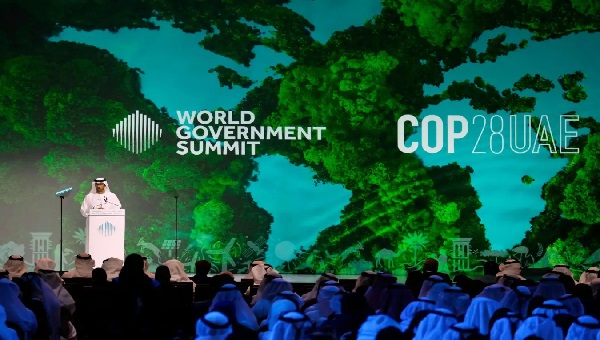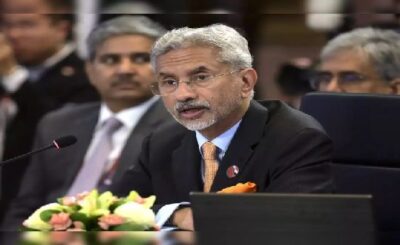Global Voice
As soon as COP28 started in Dubai, world leaders stood shoulder to shoulder, making promises on climate action and finance. But behind the scenes, there were clear fault lines. Developed economies, including the United States, Canada, and Australia, called for increased ambition and shared responsibility from emerging large emitter countries. But the bloc of Like-Minded Developing Countries (LMDC) – which includes India – voiced their opposition.
On Canada’s argument that there was no basis for “differentiated pathways” for emerging and developed economies, the LMDC contended that there was a good reason. “Recognising the sustainable lifestyle and consumption, developed countries should be taking a lead,” it said.
First and foremost, not everyone is equally responsible for increasing emissions.
Global carbon dioxide emissions reached an alarming all-time high of 36.3 billion tonnes in 2021, while climate impacts and disasters continue to wreck lives, livelihoods, and infrastructure. But the inequity in emissions between developed and emerging economies is glaring, shows a study released last month by the Council on Energy, Environment and Water (CEEW) on consumption-driven current emissions. The richest 10 per cent in Saudi Arabia, United States, Canada, Australia, Japan, Russia, and the European Union emit 2-8 times more than the richest 10 per cent in India. In fact, the richest 10 per cent in India emit less than most average earners in many developed economies.
The disparity is starker when it comes to the poorest populations. An individual in the bottom 10 per cent income bracket of Saudi Arabia, the US, or Australia generates 6 to 15 times more carbon emissions than an individual in the poorest decile of India, Brazil, and most countries in the ASEAN region. Study after study shows this massive emissions divide.
Further, a carbon tax on top emitters should be introduced to discourage highly carbon-intensive consumption patterns. According to the International Monetary Fund (IMF), a global carbon price of approximately $75 per tonne of carbon dioxide emitted is necessary to achieve sufficient emission reductions and maintain global warming below the 2°C threshold.As the G20 president this year, India drew consensus from the world’s major economies on mainstreaming Lifestyles for Sustainable Development (LiFE). The onus now lies with COP to recognise its power to reduce the impacts of climate change, and to hold developed economies accountable for their actions and move towards mainstreaming sustainable lifestyles.








